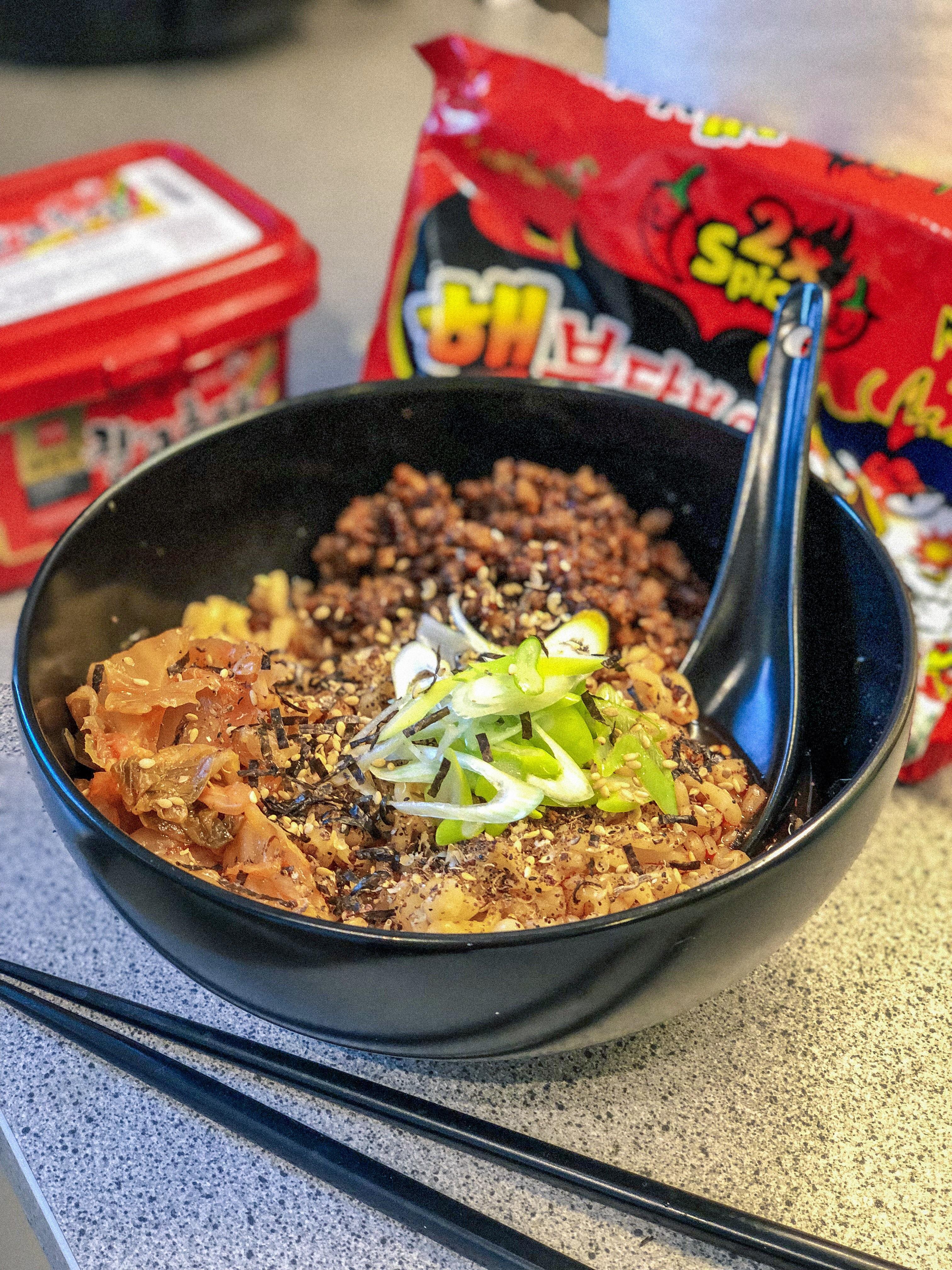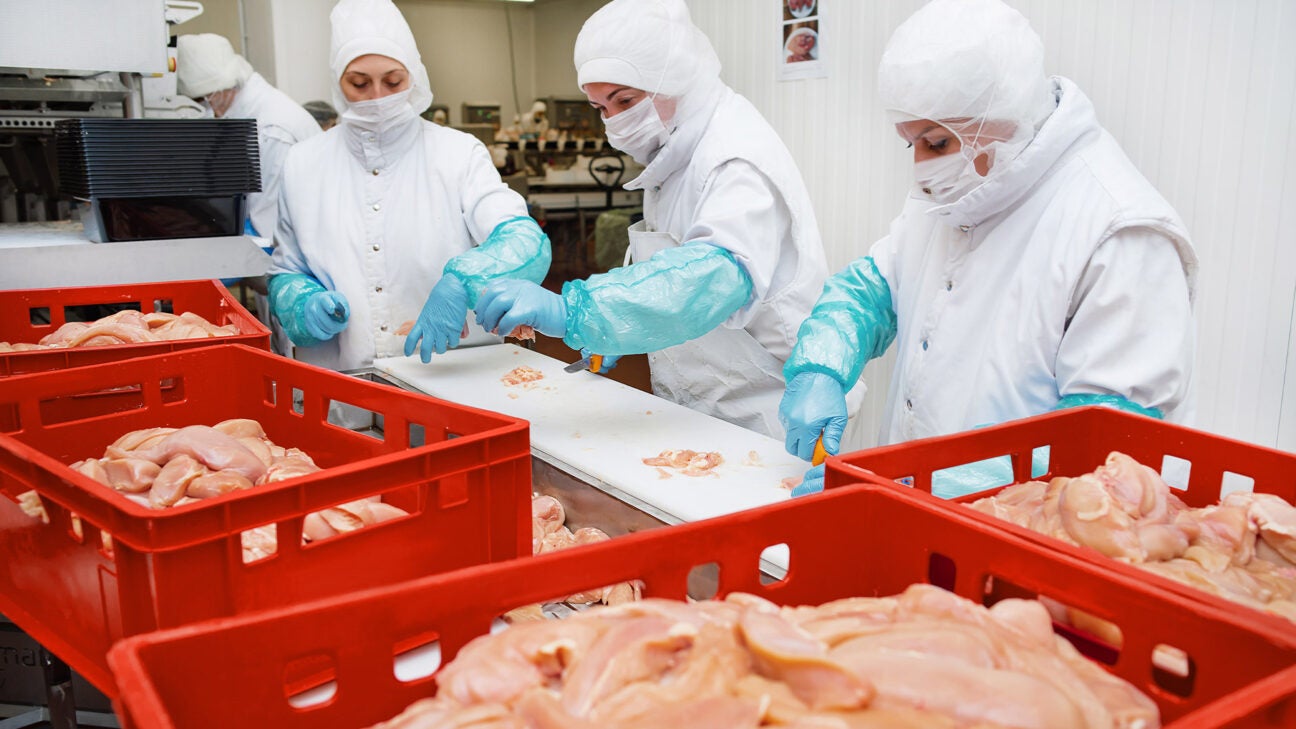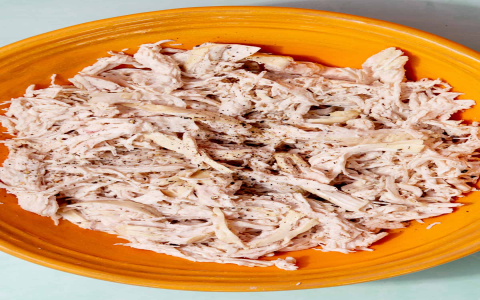Alright folks, gather ’round. I’ve been tinkering in the kitchen again, not with recipes this time, but with something a bit more… elemental, you could say. I got real curious about what actually makes up that “artificial chicken flavour” you see listed on so many things, from instant noodles to snack foods.
My Deep Dive into Chicken-less Chicken Taste
So, I started by just grabbing a few packets and boxes from my pantry. Anything that boasted “chicken flavor” but clearly wasn’t just dehydrated chicken. I put on my reading glasses – a must these days – and began scrutinizing those tiny ingredient lists. It’s a bit like detective work, you know?

The first thing I noticed popping up almost everywhere was yeast extract. Now, I’ve used this stuff before, mostly in savory dishes to give them a bit of a deeper, more rounded taste. It’s got that umami kick, that savory goodness that makes you go “mmm.” So that seemed like a foundational piece of the puzzle.
Then, almost always, I’d spot monosodium glutamate, or MSG as most people call it. Yeah, I know, it gets a bad rap sometimes, but in terms of pure flavor boosting, especially for savory notes, it’s a powerhouse. It really amplifies that meaty sensation, even when there’s no meat to be found.
Digging a bit further, I started seeing a couple of other interesting compounds frequently listed together: disodium inosinate and disodium guanylate. Now these sound super chemical-ly, right? From what I gathered, these guys are like MSG’s best friends. They work with it to make that savory, brothy, chicken-like taste even more intense. It’s like they team up to really trick your taste buds.
- Yeast Extract: For that base savory, brothy note.
- Monosodium Glutamate (MSG): The big umami booster.
- Disodium Inosinate & Disodium Guanylate: Flavor enhancers that work with MSG.
But it wasn’t just these specific flavor compounds. I also consistently saw a supporting cast of more familiar faces:
- Salt, obviously. Flavor needs salt.
- A bit of sugar, sometimes, which can balance out the saltiness and add a tiny hint of sweetness you might find in cooked chicken.
- Various spices and seasonings. Onion powder and garlic powder were big ones. Sometimes a bit of paprika for color and a mild kick, or other “natural flavors” which is a bit of a catch-all term, but likely includes things like celery extract or other vegetable notes that round out a chicken soup kind of taste.
- Occasionally, I’d see things like hydrolyzed vegetable protein (HVP) or hydrolyzed soy protein. These are also used to create savory, meaty flavors. They’re made by breaking down plant proteins into amino acids, which contribute to that umami taste.
So, I started to piece it all together. It’s not one single magic ingredient. It’s a carefully constructed blend. They’re basically taking things that individually provide a component of what we recognize as chicken flavor – the savory depth from yeast, the enhanced meatiness from MSG and its partners, and the aromatic hints from spices – and combining them in just the right proportions.
It’s quite fascinating, really. You start with no actual chicken, and through a bit of food science and a lot of taste testing, I imagine, you end up with something that convincingly mimics it for a lot of people. It’s all about creating that specific sensory experience. My little investigation really opened my eyes to how complex even these “simple” artificial flavors can be. It’s a whole world in those little powder packets!
Anyway, that was my little project for the week. Just thought I’d share what I found out. Keeps the mind busy, you know?













